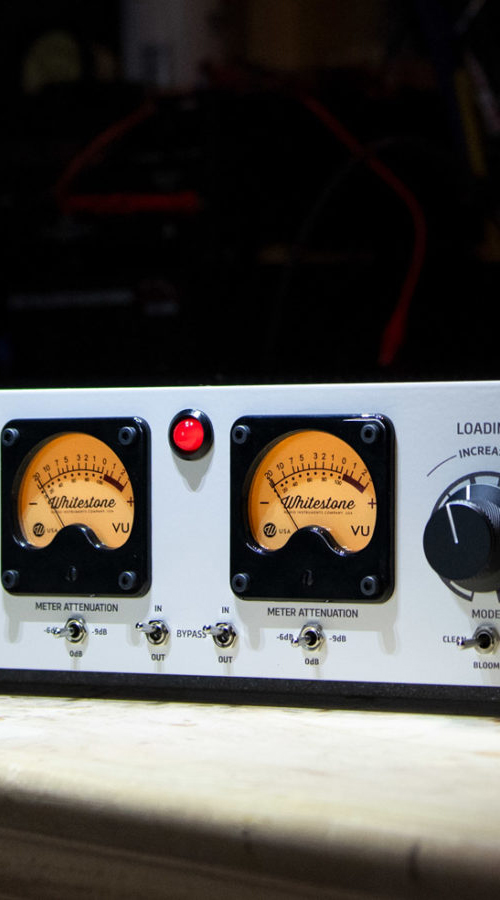analog mixing and mastering
In the ever-evolving world of music production, where digital technology reigns supreme, analog mixing and mastering stand as timeless pillars of craftsmanship. These processes are fundamental to creating music that resonates with depth, warmth, and an intangible quality that captures the soul of a performance. In this page, you will delve into the art and science of analog mixing and mastering, exploring their significance, techniques, and enduring relevance in the modern music landscape.
The Essence of Analog
Analog audio processing involves the manipulation of audio signals using hardware components like mixers, equalizers, compressors, and tape machines. Unlike digital processing, which converts audio into discrete values, analog processing deals with continuous electrical signals. This inherent analog nature imparts a unique character to the sound, characterized by harmonically rich saturation, subtle distortions, and a captivating warmth that digital tools often strive to emulate.
The Mixing Process
Mixing is the stage where individual tracks or stems are combined into a cohesive and harmonious whole. Analog mixing consoles play a pivotal role in this process. Renowned consoles like the Neve 1073, SSL 4000, and API 1608 are revered for their distinctive sonic qualities. Engineers often cite the tactile experience of twisting knobs, sliding faders, and physically interacting with equipment as a vital aspect of analog mixing. This hands-on approach allows for intuitive adjustments that are challenging to replicate in the digital domain.
Key benefits of analog mixing include:
Warmth and Depth
Analog equipment imparts a warm and three-dimensional quality to audio, enriching the sound with harmonics and subtle coloration.
Noise and Saturation
Analog circuits introduce a gentle noise floor and saturation, which can enhance the musicality of a mix and make it more forgiving.
Dynamic Control
Analog compressors and limiters offer transparent and musical dynamic control, allowing engineers to shape the dynamics of each track with precision.
Summing
Analog summing mixers sum audio signals in a way that adds depth and cohesion to the mix, often perceived as a more natural spatialization compared to in-the-box digital mixing.
The Mastering Process
Mastering is the final step in music production, where the finished mix is fine-tuned for distribution. Analog mastering engineers use specialized equipment to balance the frequency spectrum, optimize dynamic range, and ensure the music translates well on various playback systems. Notable analog mastering processors include the Fairchild 670 compressor, Manley Massive Passive EQ, and the cutting lathe for vinyl production.
Key benefits of analog mastering include:
Precision and Fidelity
Analog mastering equipment, renowned for its accuracy, imparts a sense of transparency and clarity that elevates the mix without harsh digital artifacts.
Sonic Sculpting
Analog equalizers allow for subtle yet precise adjustments, enhancing the overall tonal balance and character of the music
Dynamic Control
Analog compressors in mastering provide transparent control over dynamics, ensuring that the music maintains its integrity across different playback devices.
Vinyl Mastering
Analog mastering is essential for vinyl production, as it requires specific equipment and expertise to prepare the music for the unique constraints of vinyl records.
The Ongoing Relevance
In an era where digital audio workstations (DAWs) have become the norm, analog mixing and mastering continue to be valued for their ability to impart a timeless sonic character to music. While digital tools offer convenience and versatility, analog processing adds a layer of soul and personality that remains unmatched. Many artists and producers choose to blend the best of both worlds by incorporating analog equipment into their digital workflows, preserving the authenticity of their music while taking advantage of modern technology.
In conclusion, analog mixing and mastering represent a sacred art form that endures in the face of technological advancements. They offer a bridge between the past and the present, allowing musicians and engineers to infuse their creations with a touch of vintage warmth and craftsmanship, resulting in music that transcends time and resonates deeply with audiences worldwide.



